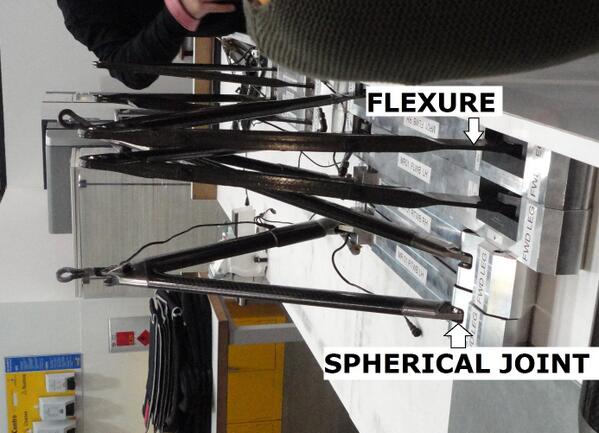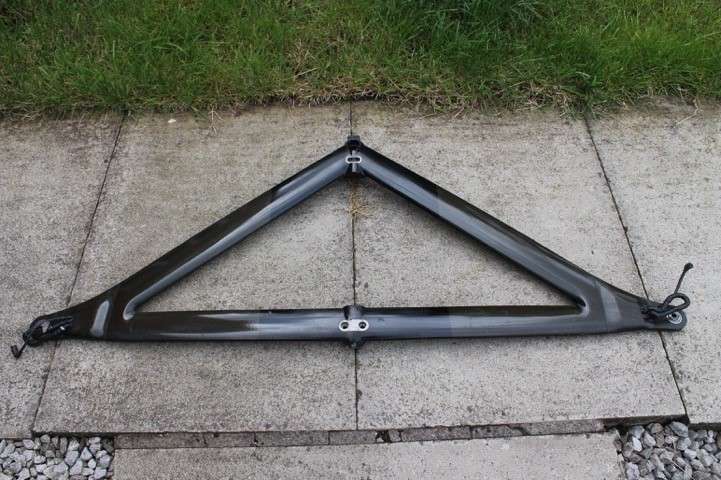I thought it might be interesting to add here (and I highly regard what Scarbs says

https://twitter.com/ScarbsF1/status/324618938283614211



such a configuration (pictured in LogicPro's post) seems 'naively' limited in applicability, and not optimal for compressive strengthriff_raff wrote:Flexures can be designed to allow a large deflection angle, but like everything else it requires some compromises. A-arms are designed to react suspension loads in tension/compression. In order to allow greater angular deflection with a flexure, the flexure must be made longer and thinner to prevent excessive bending stresses. While a long, thin flexure works OK in tension, it does not work so well in compression, due to buckling.
does anybody have these pdf!? thanks!marcush. wrote: ↑01 Apr 2013, 12:17flexure to be precise .sorry for being nitpicky
for a start:
http://www.smpp.northwestern.edu/savedL ... 27p788.pdf
and closer to formula 1:
http://www.gef.es/Congresos/24/pdf/3-13.pdf
http://www.gef.es/congresos/21/PDF/7-14.pdf




I'd like to get a copy as well if possible please.peaty wrote: ↑28 Aug 2020, 15:48does anybody have these pdf!? thanks!marcush. wrote: ↑01 Apr 2013, 12:17flexure to be precise .sorry for being nitpicky
for a start:
http://www.smpp.northwestern.edu/savedL ... 27p788.pdf
and closer to formula 1:
http://www.gef.es/Congresos/24/pdf/3-13.pdf
http://www.gef.es/congresos/21/PDF/7-14.pdf
does anybody have these pdf!? thanks!
Thanks e36Jon! I was trying to understand the design criteria and, if possible, get some reference values.e36jon wrote: ↑28 Aug 2020, 18:18Greetings all
Looking at my favorite F1 collectables site they have some relevant suspension bits:
- 2007 Red Bull A-arm with what appears to be carbon flexures
- 2006 Renault 'double' a-arm (So they must be flexing, right?)
- 2007 Honda flexure (Gets bonded to carbon A-arm)
https://www.racetothefinish.co.uk/mecha ... -with-coa/
- 2006 Honda flexure (Gets bonded to carbon A-arm)
Cheers,
Jon
Awesome! I forgot about that one! Thank you very much!CarterHendricks wrote: ↑29 Aug 2020, 06:38does anybody have these pdf!? thanks!
I'd like to get a copy as well if possible please.
"Wayback Machine" is your friend!
--Carter